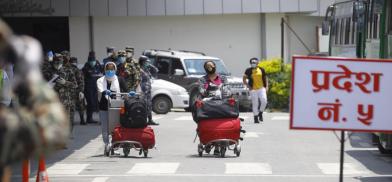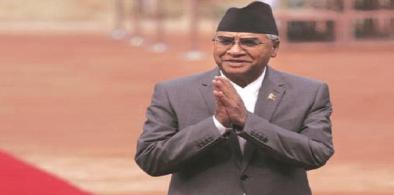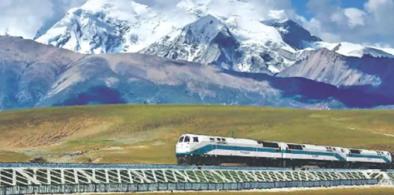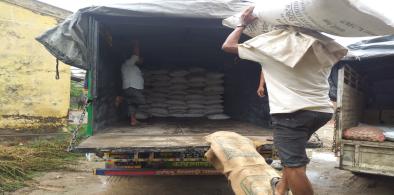Government has not followed most of the Supreme Court’s 23 rulings related to the pandemic
On April 16, the Supreme Court directed the government to repatriate Nepali workers stuck in foreign countries

On April 16, the Supreme Court directed the government to repatriate Nepali workers stuck in foreign countries. Responding to a writ filed by advocate Som Prasad Luintel, a single bench of Justice Sapana Pradhan Malla directed the government to take administrative, managerial and financial initiatives to repatriate migrant workers.
The government, however, took no initiative to execute the order, prompting Luintel to move the court yet again. Again, on June 15, the apex court issued another order asking the government to immediately bring Nepali citizens stranded abroad by formulating proper guidelines. The government finally formed on June 19 a committee to prepare guidelines, which will be finalised within a week and will then need to be endorsed by the Cabinet.
“We had to move the court for the second time as the government took no concrete step towards executing the first order,” Luintel told the Post. “It is still uncertain when full-fledged repatriation will begin.”
Thousands of migrant workers are waiting for the Nepal government to come up with proper guidelines for their repatriation. Over a month since that first directive from the Supreme Court, a few hundred migrants from Kuwait, Qatar, Saudi Arabia and the United Arab Emirates have returned to Nepal. However, this number only includes those who could pay on their own or were paid by their employers.
Those who can’t afford the airfare of chartered flights, which is significantly higher than that for regular flights, continue to live in hardship in various countries across the world, primarily in the Middle East and Malaysia.
Surendra Thakuri is one of the hundreds of migrant workers in Kuwait waiting for the Nepal government to bring them back home. Thakuri is currently in quarantine in Kuwait city with 1,200 others.
“Only we know how awful our lives are here. We have been waiting for over 60 days for the Nepal government to coordinate our repatriation,” 42-year-old Thakuri told the Post over the phone. “Is our powerful government that incompetent?”
Similarly, the Supreme Court on April 4 ordered that Covid-19 suspects be tested on time. However, the government has yet to implement that order too. Hundreds of people living in quarantine have been confined to quarantine even after 14 days. The 22 testing laboratories across the country can hardly test a maximum of 7,000 samples. There are reports that there are around 30,000 samples awaiting testing.
Records at the Supreme Court show that 42 writs related to Covid-19 have been filed at the court and interim orders were issued in 23 of them. But the government has largely failed to abide by most of their orders.
Maintaining quarantine facilities in line with international standards was one such directive. However, different monitoring reports have shown that a majority of quarantine centres lack basic facilities like proper sanitation and running. A monitoring report by the National Human Rights Commission said that the government had completely failed to manage quarantine facilities and they were at risk of becoming hotspots for Covid-19 transmission.
Legal experts say it is unfortunate that the government has completely ignored court orders even in a time of crisis.
“This is the height of irresponsibility on the part of the government,” Ram Krishna Timilsena, former registrar at the Supreme Court, told the Post. The government itself needs to be proactive during a crisis, but the incumbent government has failed to do so even when the court has time and again reminded it of its duty, he said.
According to Timilsena, though the Supreme Court and the Judgement Implementation Directorate can remind the government to implement its orders, it is the responsibility of the government to respect the court’s rulings.
“The government must set an example by abiding by the court’s rulings but that is not the case,” he said.
Timilsena said that the only way the government can be compelled to follow through with the court’s ruling is by filing a case of contempt of court.
Even Supreme Court justices say that had their orders been followed, there would have been proper preparedness at the border, the hospitals and the airport.
“Whether the court order has been implemented is important but what is more important is if it has been implemented on time,” Justice Malla said at a programme held by the apex court on Tuesday.
Various reports from the Supreme Court paint a bleak picture of the implementation of its verdict. Successive governments have tended to ignore the court’s directives.
The Supreme Court issued 246 verdicts last fiscal year, to be implemented by various ministries. However, only 15 percent of them–or 38 verdicts—were followed. The implementation rate in the fiscal year 2018-19 was just three percent and it was five percent in the previous fiscal year.
https://kathmandupost.com/national/2020/06/26/the-government-has-not-followed-most-of-the-supreme-court-s-23-rulings-related-to-the-pandemic
















Post a Comment